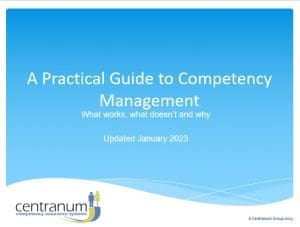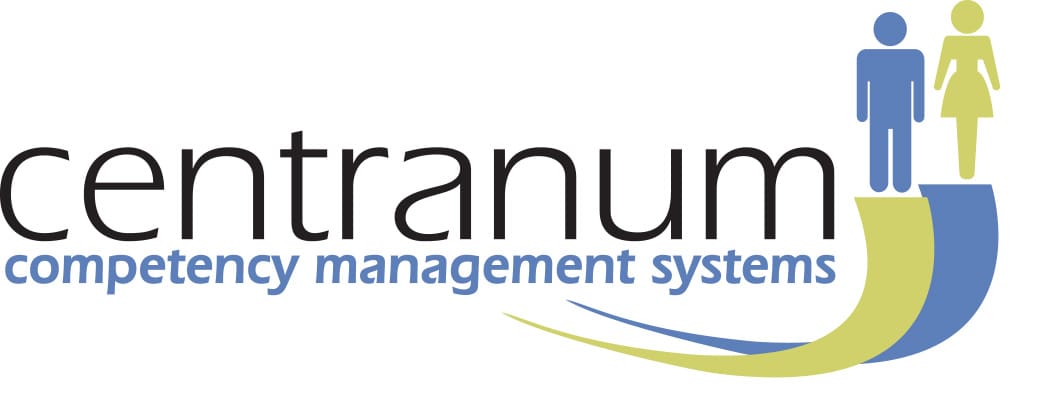
Certification and competence are not the same
What is certification?
Certification covers a spectrum of education and training from school qualifications to training courses, tertiary and post graduate degrees and diplomas.
We assume that when a certificate is issued the holder is competent in whatever the certificate is about. This may very well not be the case.
Certificates are issued for a number of reasons;
- To mark attendance at a course or event
- To mark completion of a programme
- To mark achievement of specified criteria – such as a pass mark in assessments

Does Certification mean Competence?

Certification means qualification. But, having a qualification, by education or training, does not necessarily indicate that the person is competent. Competence means successful demonstration of all competencies in the qualification topic (s).
Training certifications often cover broad topics such as Change Management. For such certificates there is no guarantee that the participant will;
- have all the relevant knowledge
- be able to demonstrate the whole range of skills involved
- be able to apply this knowledge and skill appropriately in a different context from the training environment.
Educational qualifications are broader still. We can all relate to the many cases where a teaching degree does not mean its holder is competent teaching in the classroom.
Why is this?
The problem of training transfer
Training transfer is the ability to apply learnings from an artificial training situation to practical problems on the job, on an ongoing basis.
Transfer of learning to workplace situations needs to cover cases where
- the tasks are more complex
- creative thinking is needed
- problem solving is needed
- learning must be adapted to changing circumstances.
Essentially it must be applied to tasks that are not identical to those in the learning environment. This requires recognition that there is a difference. Followed by understanding and the application of principles or rules to a new situation.
Aspects of training design that promote transfer3 are
- repeated practice
- avoiding cognitive overload – too much information
- use of multiple examples
- examples of errors
- activity based learning.
Nevertheless research shows that on average as little as 10% of learnings are transferred and used on the job1. Even in those cases where transfer is initially good (around 60%) use of learnings falls off dramatically after 6 months. A year later only half of the learnings are typically in use. 2
So it cannot be assumed that training certifications indicate competence.
For how long is certification valid?

This is a key question. Educational qualifications are assumed to last for many years despite the fact that our knowledge base is rapidly changing. In professional disciplines – especially healthcare – a system of continuing education credits is required for practising certification to be maintained. These credits are for course attendance, often on-line.
The problem is that the course content may not be absorbed well and may not transfer to the work situation. Continuing education does not guarantee competence.
For some activities that involve risk to life – such as CPR (cardio-pulmonary resuscitation) there is a requirement to demonstrate competence is maintained. This is done by knowledge test and skills demonstration. Certifications for such competencies typically last only 24 months, and some must be re-assessed annually.
Certification Tracking
Most organizations have staff with mandatory certification requirements of some sort, even if only driving licenses for various vehicle types. In order to avoid risk and liability there should be a record of such certifications with expiry dates. A central reporting system and coloured heat map reports that show when certifications are current, nearing expiry or expired. Learn More
Solving the problem
The problem can easily be solved with the use of a competency management system. Job tasks are analysed to determine the required knowledge and skills, and these are defined as competencies with observable standards. Regular assessment identifies any gaps. Assessment reports direct staff to development resources – training and informal – for all competency components.
What is a certificate of competency?
The term is frequently misused. It should denote competence in a particular skill set.
Competency certifications are very specific – for example CPR (cardio-pulmonary resuscitation), this is a competency with just a few specific knowledge points and behaviours/actions required for success. Certification is dependent on demonstration of these.
References
1. Fitzpatrick, R. (2001). The strange case of the transfer of training estimate. Industrial-Organizational Psychologist, 39(2), 18–19.
2. Saks, A.M & Belcourt M. (2006)An Investigation of Training Activities and Transfer of Training in Organizations. HUMAN RESOURCE MANAGEMENT, Winter 2006
3. Hutchins, H.M & Burke, L.A. (2007) Identifying trainers’ knowledge of training transfer research findings – closing the gap between research
